Christian Dior, “Designer of Dreams,” Wows London—All Over Again
Christian Dior, Designer of Dreams, Wows London—All Over Again

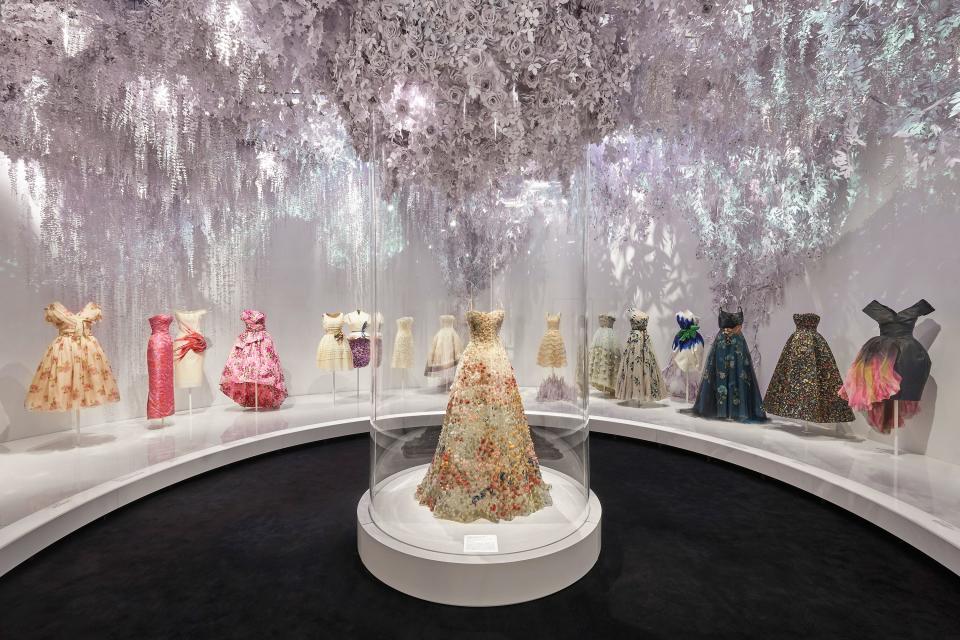
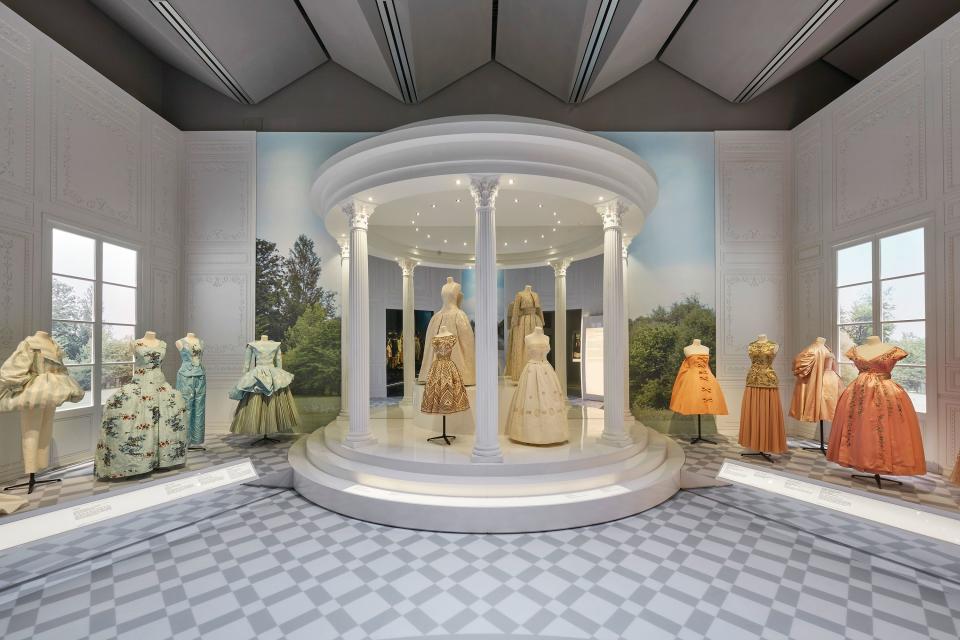


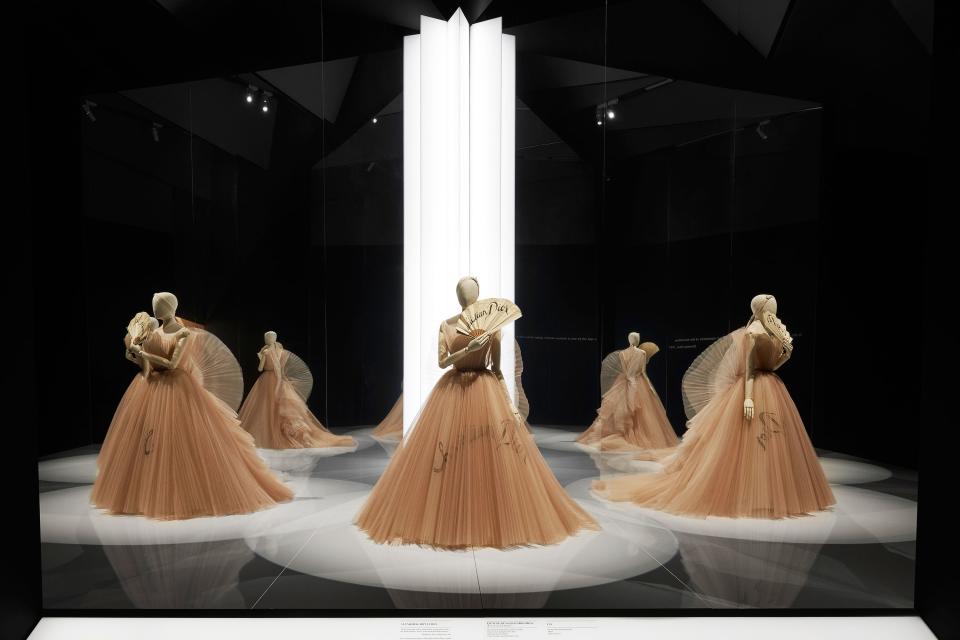

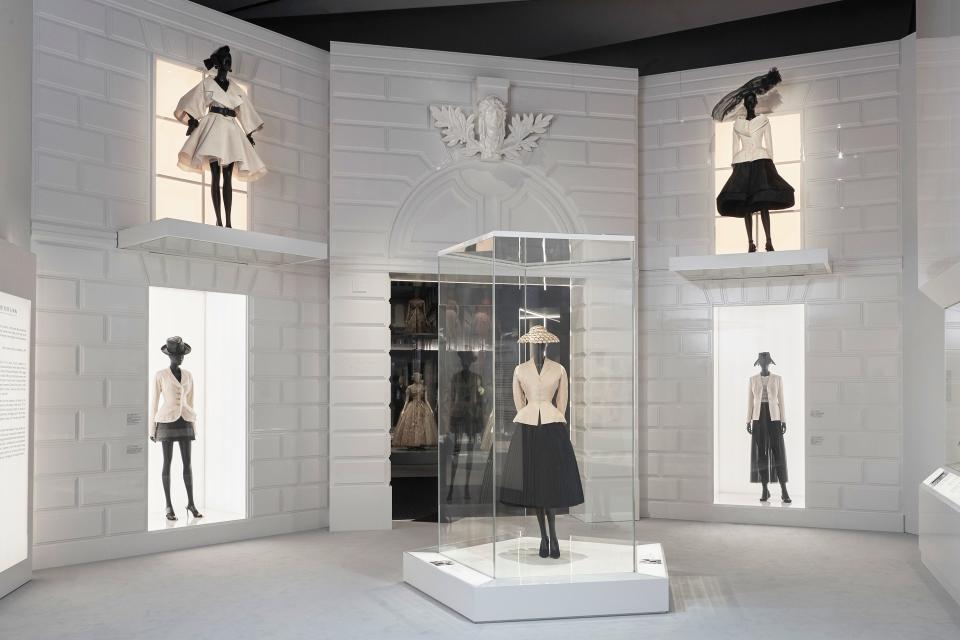
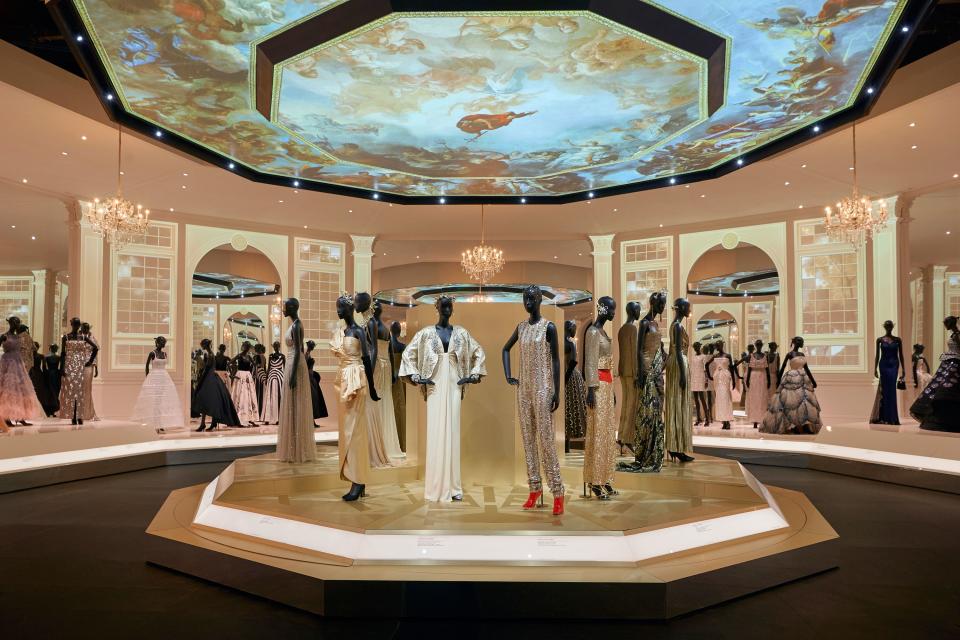
For British citizens living the hour-by-hour trauma of their country’s chaotic severance from Europe, the stupendous “Christian Dior: Designer of Dreams” couldn’t have arrived at the Victoria and Albert Museum with more poignant timing. The agonizing centrifugal point of this exhibition is to display the love of a Frenchman for Great Britain—a love so passionately returned by the women of the United Kingdom that they defied their own government’s disapproval, tossing their New Look swirly skirts in the face of austerity at the first opportunity. En route to the United States via London, in 1947, Christian Dior was ambushed by the Daily Express, whose fashion reporter, Anne Edwards, demanded to know how he expected a world short on fabric to go for his extravagant designs. “I am giving women the dresses they want,” he said. “They’re fed up with war restrictions . . . my full skirts are a release.”
Postwar London was recovering from the Blitz, grimy and still in the grips of rationing—but Dior, who had spent some time in Britain in military training in the 1920s, had fallen for its ways, its traditions and aristocracy, and (astonishingly for a Frenchman) its food. The fairy tale whirled on at a dazzling pace, when, after bringing his collection to show at the Savoy in 1950, he received a call requesting that he go over to the French Embassy to unveil his collection in strict secrecy to Princess Margaret and her mother. As he put it in his autobiography, Dior by Dior, Margaret “crystallized the whole, popular, frantic interest in royalty . . . she was a real fairy princess, delicate, graceful, exquisite.”
And a hell-raising party girl, to boot—as anyone who has watched The Crown knows. It makes the encounter with the very dress Dior made for her 21st birthday all the more delicious in this show. It has pride of place at the center of a room dedicated to the establishment of Dior’s British couture business. The dress is a little splashed, a tiny bit nicotine tinged, compared to the one in Cecil Beaton’s glorious preparty portrait of her taken at Buckingham Palace, with its yards of periwinkle tulle spread about her—and all the more compelling for it.
There was a fully functioning Christian Dior couture house, CD Models Ltd, in London from 1952 until 1973, long after his death. The V&A show, curated by the museum’s Oriole Cullen, reveals the many layers of Dior’s British archaeology—the fact that he ordered his suits on Savile Row; how he involved British shoemakers and textile designers; his clever seduction of the wealthy ball-going classes with his charity shows at Blenheim Palace and Gleneagles.
Still, this isn’t a exhibition of little-known Dior bygones. The British introduction to the show leads the viewer on and on, room by room, into the stories that have been superimposed on M. Dior’s signatures by all the designers who have passed through the house since his passing: Yves Saint Laurent, Marc Bohan, Gianfranco Ferré, John Galliano, Raf Simons, and now Maria Grazia Chiuri.
It’s an orgy of gorgeousness, in fact: a show reconfigured from the recent Dior retrospective that occupied the Musée des Arts Décoratifs in Paris. But here in London, the timing and the space can’t help but resonate with a whole different set of meanings. Located well below ground in the gallery under South Kensington that is the museum’s new Sainsbury wing, it’s a veritable escape bunker where the fantasy, dreams, and wonder of fashion serve to lift women out of the daily strife and drabness of the world outside. French haute couture this may be, through and through, but in times of Brexit, it’s guaranteed to be welcomed all the more warmly by the British.

